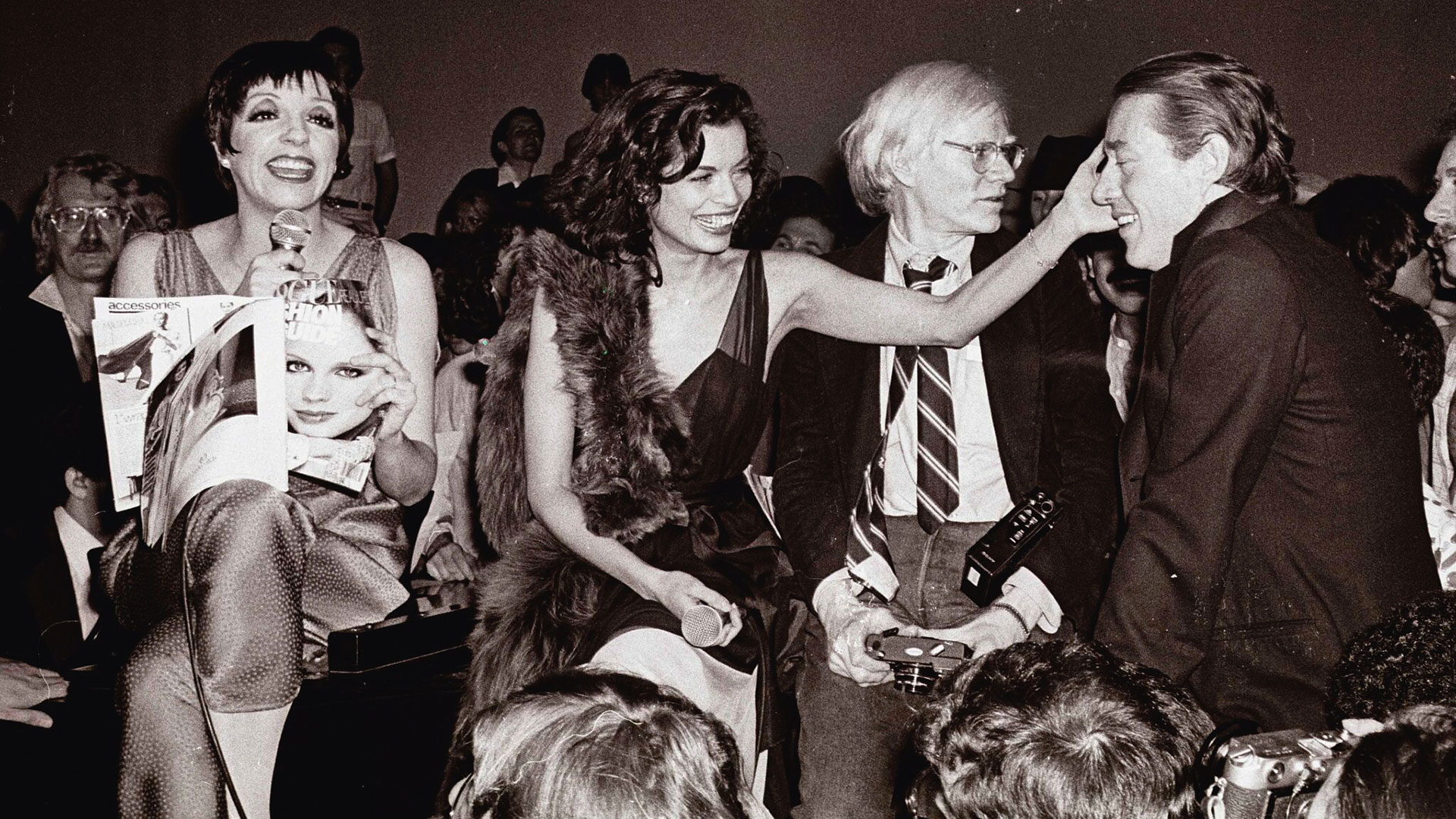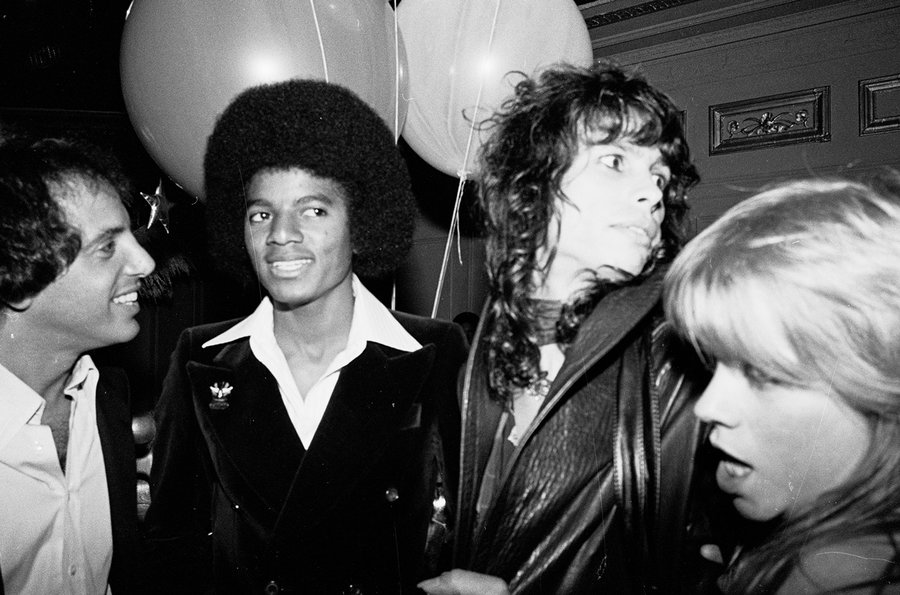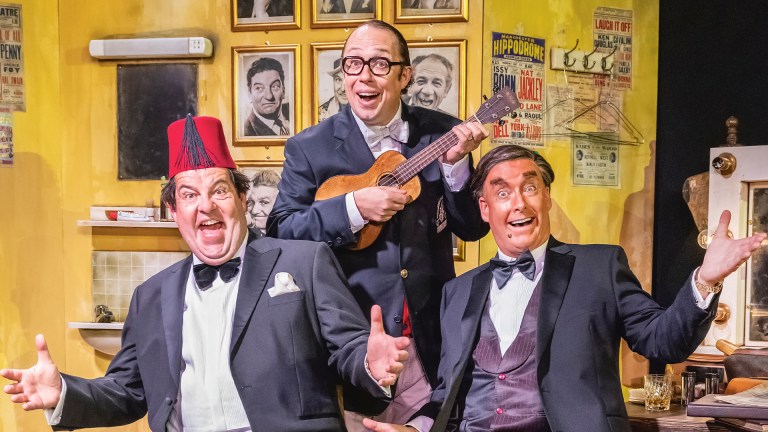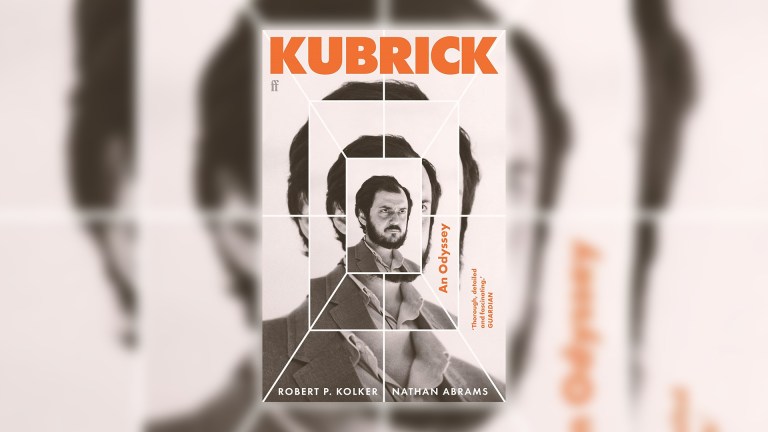Studio 54 was the legendary New York nightclub – “the ultimate nightclub”, as someone says in a film released this week – that opened in a scruffy, dangerous part of Manhattan between 1977 and early 1980. Very quickly the joint became a byword for the excesses of the disco era. It was a sex-filled, Quaalude-ingesting, celebrity-studded polymorphous bacchanalia set to a 120bpm track, a splurge of hedonism just before Reagan and Aids came along to spoil the fun.
Inside the glitzy cavern of this former TV studio, Hollywood and New York royalty mingled with the bright young things of the city’s gay scene. Elizabeth Taylor! Andy Warhol! The Stones! Bianca Jagger – on a horse! And I haven’t even mentioned the financial shenanigans behind the scenes.
Given the heady excitement and intoxicating glamour attached to this fabled venue, the peculiar achievement of Matt Tyrnauer’s documentary Studio 54 is the dry, sober, almost detached attitude it strikes. I’m not saying this is a bad thing – OK, the film’s parade of talking (greying and balding) heads of former denizens of the club (mostly men) and black-and-white archive images is a little uninspired.
Still, you have to applaud the steadiness of purpose in Tyrnauer’s approach: from the mayhem of the dancefloor he has extracted a solidly engaging and smart chronicle of this remarkable nightspot and a persuasive, even poignant thesis about its significance to the wider culture of the day.
The driving forces are club co-owners Steve Rubell and Ian Schrager, two friends from Brooklyn who in the mid-1970s acquired a former CBS studio in a part of Manhattan better known for its muggings than for its burgeoning disco scene.











